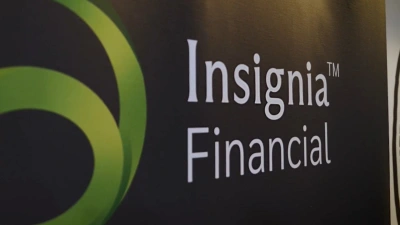10 per cent of older Australians abused


Almost 10 per cent of older Australians were being abused whether it was financial, legal, emotional, physical or plain neglect, according to advocacy bodies, seniors groups and community legal services which include National Seniors Australia, Elder Abuse Action Australia and Older Persons Advocacy Network.
The organisations welcomed a National Plan on Elder Abuse and said the immediate funding was needed in the 2018-19 budgets of all governments across Australia to support efforts to prevent and combat elder abuse.
Of those 10 per cent of older Australians who were being abused, much of the abuse were hidden in families where victims did not know how to stop it.
At the recent National Elder Abuse Conference, spokesperson Lewis Kaplan said that the complex nature of elder abuse required a full Council of Australian Governments’ response.
“Elder abuse requires multi-disciplinary, cross-jurisdictional, multi-sectoral responses supported across political party lines, so a united and prompt response in essential,” he said.
“We need resources to educate older Australians, the broader community and service providers about ageism and elder abuse, resources to promote elder abuse helplines more effectively, and resources to employ advocates, lawyers and social workers to engage with victims and their families,” Mr Kaplan said.
“The need for funding to support an effective response to the increasing epidemic of elder abuse is both urgent and important,” Kaplan said.
Recommended for you
A financial advice firm has been penalised $11 million in the Federal Court for providing ‘cookie cutter advice’ to its clients and breaching conflicted remuneration rules.
Insignia Financial has experienced total quarterly net outflows of $1.8 billion as a result of client rebalancing, while its multi-asset flows halved from the prior quarter.
Prime Financial is looking to shed its “sleeping giant” reputation with larger M&A transactions going forward, having agreed to acquire research firm Lincoln Indicators.
An affiliate of Pinnacle Investment Management has expanded its reach with a London office as the fund manager seeks to grow its overseas distribution into the UK and Europe.















